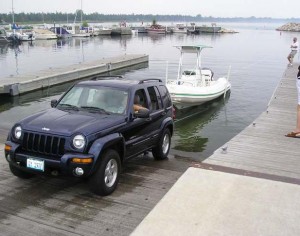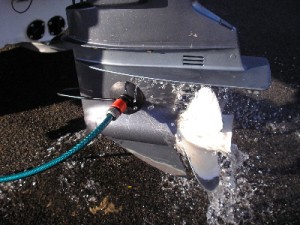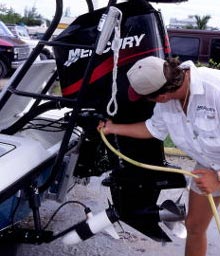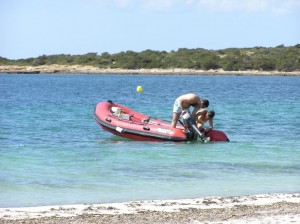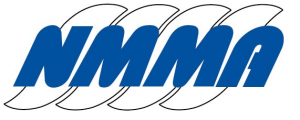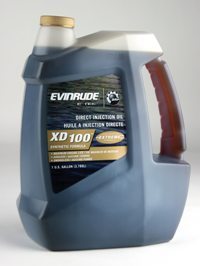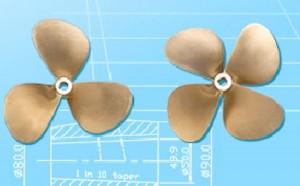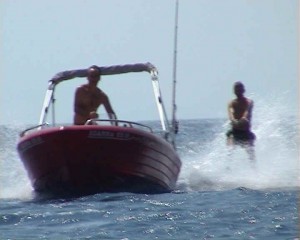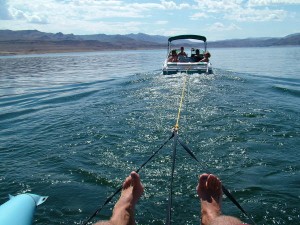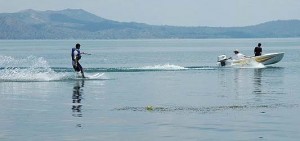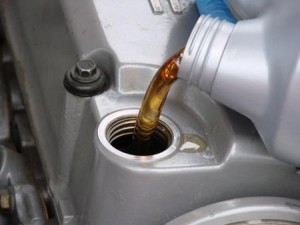Boat Ownership: Part Three
As I mentioned to other day, you initial investment in your vessel is just that—the initial investment. Just like with a car, you will continually be sinking money into your boat. You may have the budget for a down payment and finance charges, but do you have the means for everything else? And will it really be worth it? Here is a quick rundown of  some of the basic costs you’ll have to deal with:
some of the basic costs you’ll have to deal with:
~Finance Payments
~Registration (for boat and trailer) and licensing
~Insurance
~Dock Fees
~Gas and Yamalube oil
~Dock Fees
~Taxes
~Storage
~Routine Maintenance


